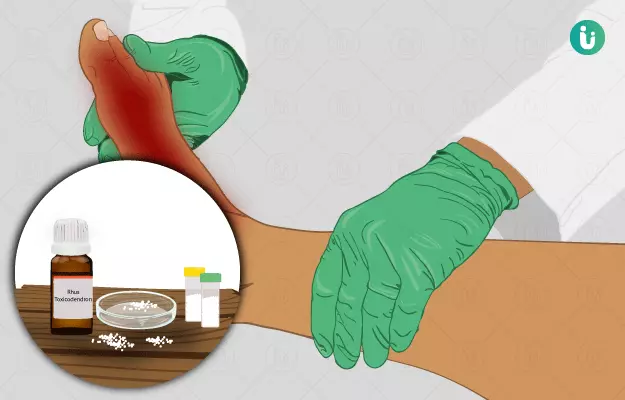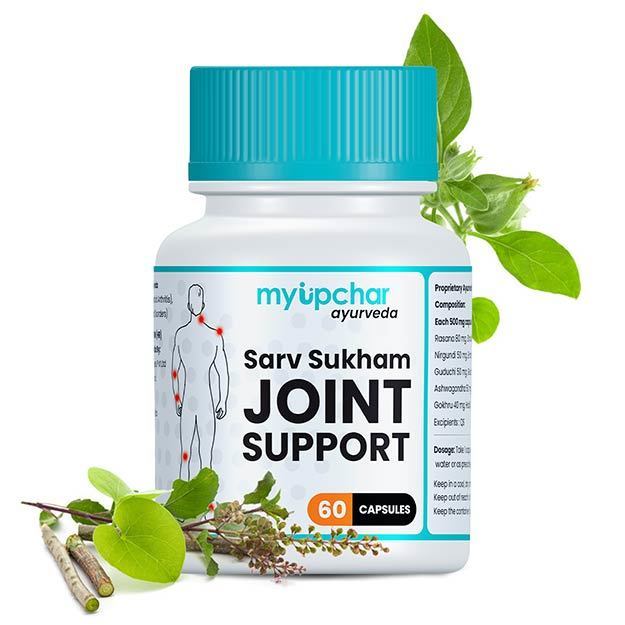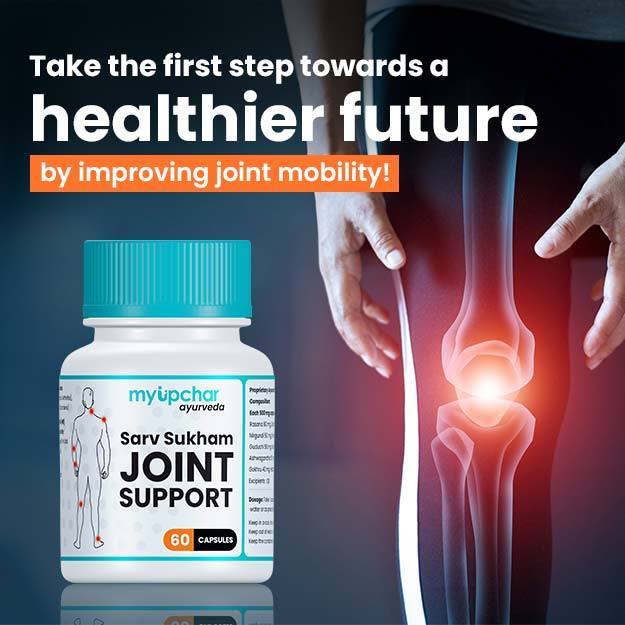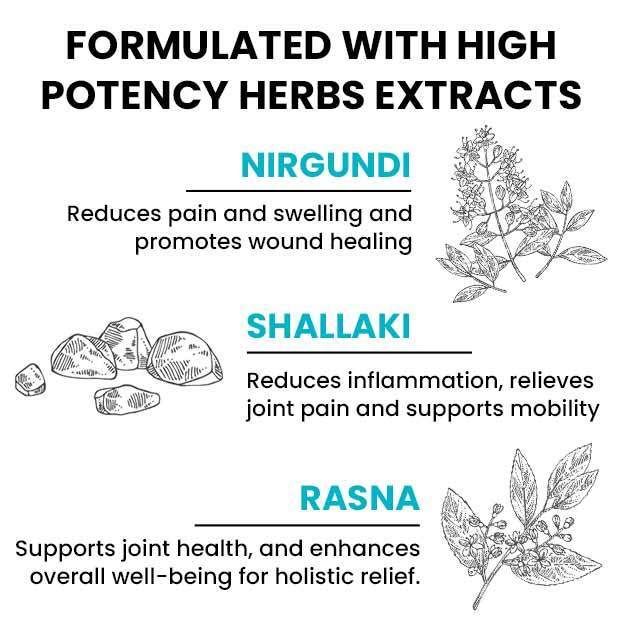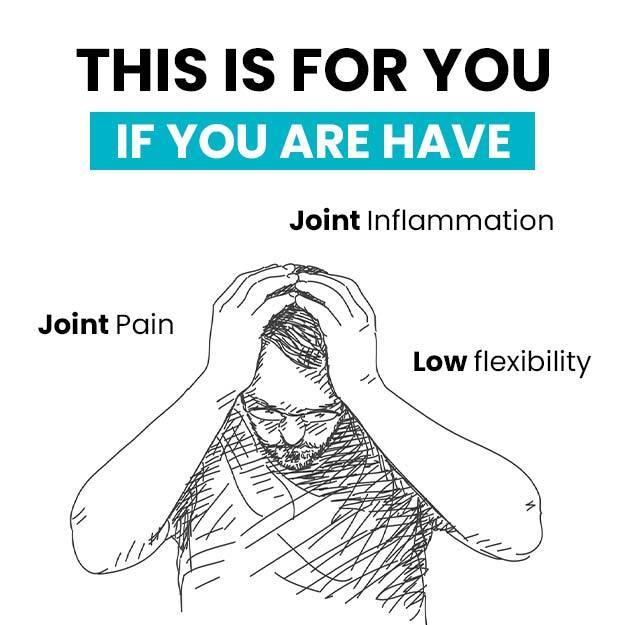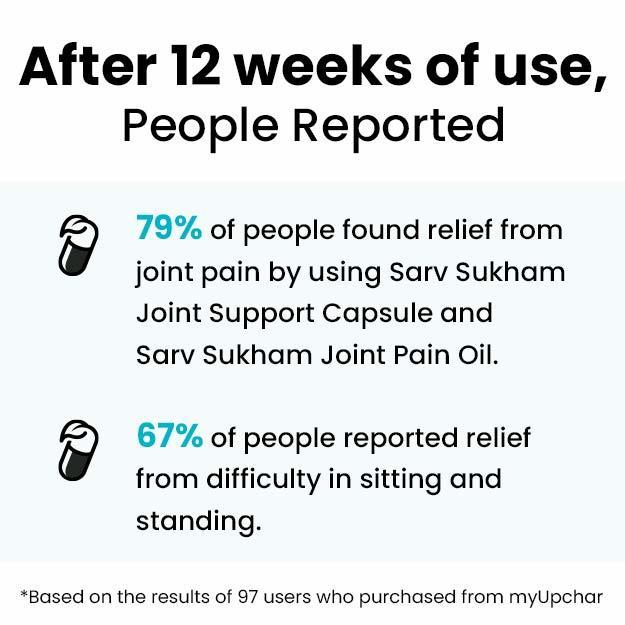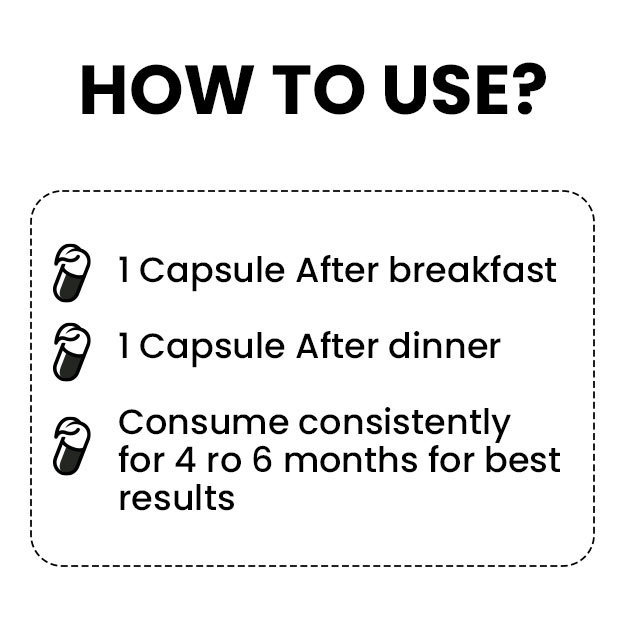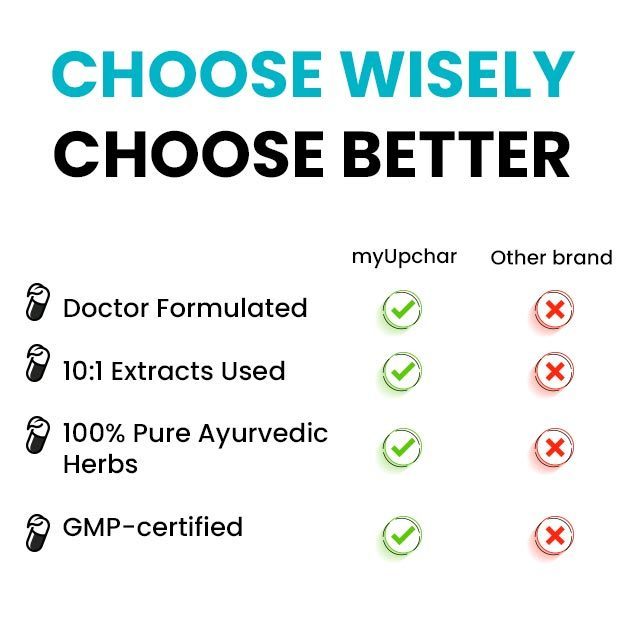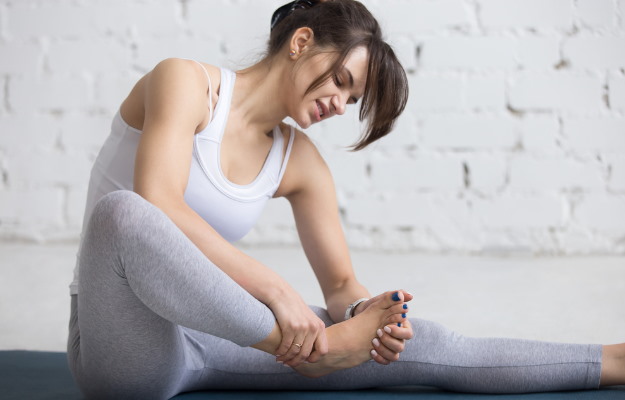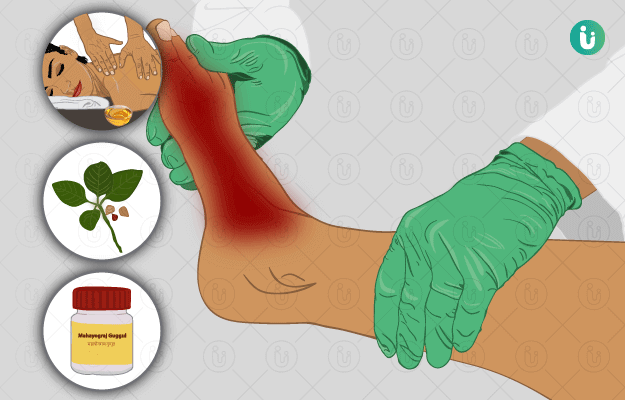Foot pain is a common clinical condition, which may be caused due to an injury, swelling or wear and tear in the foot muscles and bones. The discomfort may range from mild to severe and can greatly affect the day-to-day activities of an individual. Standing on your feet for long hours, running for a long time and wearing ill-fitting shoes are some of the lifestyle factors that can lead to foot pain. Foot pain may also be associated with various conditions such as:
- Plantar fasciitis: In this condition, there is inflammation of the plantar fascia, which is a thick band of connective tissue connecting the heel bone to the toes. Frequently, plantar fasciitis occurs due to overuse (wear and tear) of the plantar fascia. Often, plantar fasciitis is associated with a bony growth (caused by calcium deposit) in the heel, which is known as calcaneal spur (heel spur). The most common symptom of plantar fasciitis is a pain in the heel that is experienced when standing. It mainly affects individuals who are into sports and middle-aged individuals, especially if they are overweight.
- Corns: Corns are thickened accumulation of dead skin, which can exert pressure on the underlying nerves leading to foot pain.
- Bunions: Bunions are a type of bump that develops at the inside of big toe. It is often painful and may be caused due to injuries or wearing the wrong type of footwear.
- Sprain and strain in foot are some other causes of foot pain.
Homeopathy plays an important role in helping to relieve foot pain. Homeopathic remedies like arnica, bryonia, rhus toxicodendron, calcarea fluoricum, pulsatilla, ruta, etc, help in relieving foot pain. Antimonium crudum, nitric acidicum, and ranunculus bulbosus are remedies that can cure corn and relieve foot pain caused due to it.
- Homeopathic medicines for foot pain
- Dietary and lifestyle changes for foot pain patient as per homeopathy
- How effective are homeopathic medicines and treatments for foot pain
- Side effects and risks of homeopathic medicine and treatments for foot pain
- Takeaway
Homeopathic medicines for foot pain
Following are few of the popular homeopathic remedies that are used to relieve foot pain:
- Calcarea fluorica
Common name: Fluoride of lime
Symptoms: This remedy reduces inflammation of the foot and suits people with calcaneous deposits in ears, jaws, and extremities. Individuals who benefit from this remedy show some of the following symptoms:- Hard and stony glands Calcium deposits leading to calcaneal spur.
- Undernourished and weak bones
- Foot pain associated with gout or high uric acid levels in the body
- Rhus toxicodendron
Common name: Poison ivy
Symptoms: Patients who benefit from this remedy show some of the following symptoms:- Painful joints that may be swollen and feel hot
- Tearing pain in tendons and ligaments of feet
- Spliniting pain
- Soreness in the affected foot
- Symptoms worsen in damp and cold weather
- Muscles of the affected foot can become very stiff
- Symptoms aggravate during nights
- Overwork or over-exhaustion makes the pain worse
- A constant tingling sensation is felt in the affected foot
- Associated symptoms of knee pain and swelling can be seen
- Initial movement can be painful, but continuous movement can alleviate the pain
- Aranea diadema
Common name: Papal cross spider
Symptoms: Patients who benefit from this remedy tend to have pain in heels due to calcaneal spur. Aranea diadema helps relieve the following symptoms:- Piercing/stabbing pain in the feet, especially in heels
- Numbness alternating with pain in heel
- Extreme sensitivity of affected foot to cold air
- Sensation as if swelling is present in the foot
- Bones in the affected foot feel very cold and nothing can relieve this sensation
- Sensation as if the affected foot has enlarged and become heavier
- Restlessness
- Pains and symptoms worsen in damp weather, in late afternoon, and also at midnight
- Ruta graveolens
Common name: Rue bitterwort
Symptoms: Patients who benefit from this remedy show some of the following symptoms:- Swelling in tendons of the affected foot
- Symptoms arise due to overstraining or overuse of foot muscles
- Calcium deposits around the bone, leading to bony protrusions
- A tendency to develop sprains in the foot/ankle
- Extreme tiredness and weakness
- Weakness in legs and feet, so much that they may give away while rising from a chair
- Pain in the bones of feet and ankles
- Swelling in the Achilles tendon, a tendon that connects the back of the ankle to the heel bone
- Symptoms are worse while lying down.
- Cold weather aggravates all the symptoms.
- Arnica montana
Common name: Leopard’s bane
Symptoms: This remedy is said to be a muscular tonic. Patients who benefit from this remedy show some of the following symptoms:- Soreness in all parts of the affected foot.
- Great fear of being touched or being approached due to pain and soreness
- Sprains in the foot/ankle
- Bruise type of pain, as if the affected area has been beaten
- Symptoms aggravate due to over-exertion
- Surface feels hard on lying down
- Symptoms occur due to injuries, fall, trauma, or contusions
- A tendency for septic conditions, easy bleeding and pus formation
- Symptoms worsen by the slightest touch and motion
- Patient feels better on lying down
- Bellis perenis
Common name: Daisy
Symptoms: Patients who benefit from this remedy show some of the following symptoms:- Muscular soreness in all parts of the body including feet
- Walking with a limp due to sprains in ankle/s
- Weakness in feet
- Intolerance to cold
- Sensation of contraction in joints, as if from an elastic band wrapped around it
- Generalized pain, as if the body or parts are bruised, after injuries
- Most of the symptoms are noticed on the left side of the body
- Symptoms worsen on exposure to cold winds
- Also, warmth of the bed is intolerable
- Bryonia alba
Common name: Wild hops
Symptoms: Patients who benefit from this remedy have a robust constitution with a dark complexion. They show some of the following symptoms:- Muscle pain
- Stitching and tearing pain in the affected foot
- Swelling in feet
- All joints in the affected foot are red and swollen
- Symptoms worsen from even minimal movement
- Foot tender to touch
- Symptoms worsen on putting pressure on the affected area of the foot
- Hypericum perforatum
Common name: St. John’s wort
Symptoms: St. john’s wort is most commonly given in case of severe foot pain. Injuries that are caused by animal bites leading to foot pain particularly benefit from this remedy. Patients who benefit from this remedy show some of the following symptoms:- Nerve injuries, mainly of toes and fingers.
- Post-surgical pain
- Spasms in the affected foot after injury. Crawling sensations in feet and hands.
- Pain in nerves, along with burning sensation and numbness
- Symptoms worsen in cold and damp weathers and when sitting in a closed room with no ventilation.
- Slightest touch increases the pain.
- Kali bichromicum
Common name: Bichromate of potash
Symptoms: Patients who benefit from this remedy show some of the following symptoms:- Bone pain associated with stomach complaints
- Shifting pain
- Pain felt in a single spot of the affected foot
- Tearing types of pains in feet
- Swelling and cracking of joints
- Feeling soreness in heels, while walking
- Pain in the tendo- achilles region (the tendon connecting the back of the ankle to the heel)
- Associated symptoms felt are pain in the left side of the leg and sciatica
- Bones in the affected foot feel sore and bruised
- General weakness
- Symptoms worsen in the morning and in cold weather
- Symptoms get better on exposure to heat.
- Ledum palustre
Common name: Marsh tea
Symptoms: Patients who benefit from this remedy show some of the following symptoms:- Joints, especially small joints of toes, are hot, swollen, and pale
- Shooting pain felt all through the feet and limbs
- Cracking joints
- Lumpy (nodosities) sensation around the foot bones
- Swelling and pain in the ball of the great toesRheumatic affections that begin in the lower limbs and then ascend upwards
- Swollen ankles
- Painful soles. The patient can hardly put their feet on the ground
- Ankles sprain very easily
- Symptoms are better after soaking feet in cold water
- Symptoms mainly worsen at night
- Pains in the affected foot aggravate due to heat of the bed
Dietary and lifestyle changes for foot pain patient as per homeopathy
Do’s
- In acute diseases, a patient should be provided anything that he or she demands in the form of foods or drinks, as these things tend to make them comfortable.
- The patient should have adequate rest.
Don’ts
- As homeopathic medicines are prescribed in highly diluted doses, any strong substance can interfere with their action. Thus, foods and drinks which contain medicinal substances, strong stimulants like coffee, spices, and herbs should be avoided for better results.
- Homeopathic medicines also react with the environment and hence, they should be kept away from direct sunlight. Also, one should not keep strong-smelling substances like perfume near these medicines.
- Persons suffering from foot pains should not be given strenuous work.
How effective are homeopathic medicines and treatments for foot pain
In vivo (animal based) studies suggest that Rhus toxicodendron possesses anti-inflammatory properties. So it may be effective in relieving pain and swelling in feet.
In a study, rhus toxicodendron and calcarea fluoricum were given to 92 patients who were sufferng from foot pain due to calcaneal spur. Symptoms were recorded and noted for a continuous period of 6 months. At the end of the study, significant pain relief was reported by a majority of the study subjects.
Side effects and risks of homeopathic medicine and treatments for foot pain
It is a well-known fact that homeopathic medicines are safe and can cure diseases from the root. This is true only if the remedy is taken following proper consultation with a qualified homeopathic doctor. Self-medication may lead to undesirable side effects due to improper or larger doses of a remedy. Also, not every remedy suits every individual equally; the choice of a remedy depends on disease symptoms and individual miasms.
Takeaway
Foot pain can be caused by various reasons. It is necessary to find out the proper cause of the pain to effectively alleviate it. Standing or running for a long time, wearing wrong shoes and poor gait are common causes of foot pain. Corns, bunions, injuries and plantar fascitis may also be the cause of foot pain. Most of the time, wearing correct footwear helps to relieve foot pain. However, if changing footwears doesn't work, it may be due to an underlying disease. In such cases it is best to check in with a doctor instead of self-medicating. Once the disease picture is clear and individual tendencies are noted, homeopathic medicines can be prescribed to facilitate cure. Many remedies like calcarea fluoricum, rhus toxicodendron, ruta graveolens, and so on, can be used for foot pains.
Find Homeopathic Doctor in cities
Doctors for Homeopathic medicine, treatment and remedies for Foot Pain

Dr. Rutvik Nakrani
Homeopathy
6 Years of Experience

Dr. Jyothi
Homeopathy
23 Years of Experience

Dr. Urvashi Chaudhary
Homeopathy
8 Years of Experience

Dr. Anita Kumari
Homeopathy
12 Years of Experience
References
- Parveen S. A retrospective study of homoeopathic treatment in patients with heel pain with or without Calcaneal Spur. Indian J Res Homoeopathy 2017;11:64-73. 2017, Volume 11, Issue 1, Pages 64-73.
- Better health channel. Department of Health and Human Services [internet]. State government of Victoria; Feet - problems and treatments.
- British Homeopathic Association [Internet]. United Kingdom; Podiatric homeopathy.
- dos Santos AL. In vivo study of the anti-inflammatory effect of Rhus toxicodendron. Homeopathy. 2007 Apr;96(2):95-101. PMID: 17437936
- William Boericke. Homeopathic Materia Medica. Kessinger Publishing: Médi-T 1999, Volume 1
- Wenda Brewster O’really. Organon of the Medical Art. 1st edition 2010 , 3rd impression 2017.

